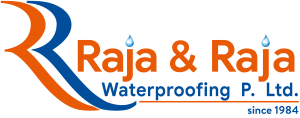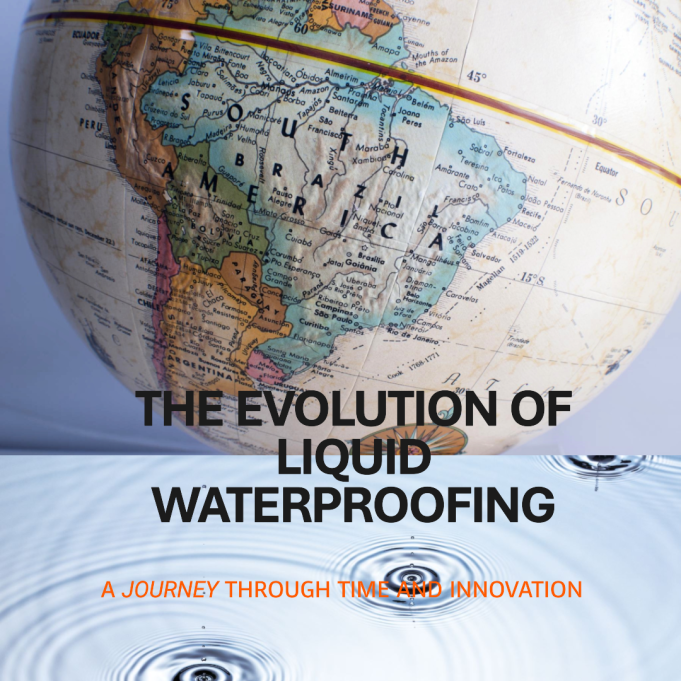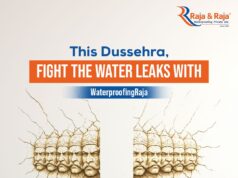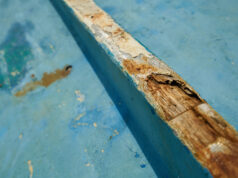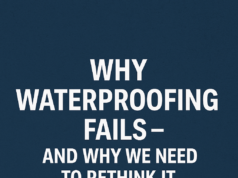The first liquid coatings used in a waterproofing capacity were made from natural bitumen, which has been used to waterproof boats since biblical times. In the early 1800s, natural bitumen was combined with fillers like sand to create a more durable roof waterproofing material.
In the mid to late 1800s, bitumen waterproofing became more common, and it was often applied with various types of reinforcement materials, such as jute, straw, and rag felt. It wasn’t until the 1910-1920s that bitumen waterproofing began to be manufactured in factories.
Rubber technology was first used to produce liquid waterproofing coatings in the 1940s. When combined with reinforcing fibers, this created a strong waterproofing membrane. In the following decades, various resin technologies were developed to improve the performance of liquid roof coatings.
The 1960s and 70s saw the development of reactive acrylics, acrylic emulsions, styrene butadienes, and unsaturated polyesters. These new materials led to significant improvements in the quality and durability of liquid coatings.
In 1975, the first water-based elastomeric roof coating was released in the UK. This was followed by the first BBA Certificate for the application of liquid systems on roofs in 1975. This certification demonstrated that liquid applied coatings could provide durable, high-quality roofing solutions.
In the 1980s, two-component acrylic roof coatings were introduced in the UK. These coatings offered greater UV stability than previous types of liquid waterproofing. Two-component polyurethane roof coatings were also launched in the UK in 1982, followed by two-component unsaturated polyester roof coatings in 1983.
In 1985, solvent-based block copolymers coatings based on styrene-ethylene-butadiene were launched. These coatings offered good moisture resistance and were easy to apply. Single-component moisture-triggered polyurethane roof coatings were launched in the UK in 1987. These coatings offered the advantages of being easy to apply and requiring no mixing on site.
The first BBA Certificate for GRP flat roofing was issued in 1988. This was a significant milestone in the development of liquid waterproofing, as it recognized the move away from general-purpose resins towards systems designed specifically for the roofing market.
The early 1990s saw further innovation in the polyester sector, with the introduction of flexible systems that could be applied directly to a wider range of substrates. In 1996, the first 25-year warranty systems were offered to the roofing industry for liquid applied systems. This further demonstrated the durability of liquid waterproofing.
In 2004, the European Technical Approval Guideline for Liquid Applied Roof Waterproofing Kits (ETAg 005) was endorsed. This provided European-wide guidance against which quality liquid roofing systems could be compared.
Also in 2004, the first totally cold applied warm roof system incorporating all warm roof components and liquid applied membranes from a single supplier was launched. This brought the benefit of a single guarantee for the whole warm roof build-up.
Read More about: Preformed (PWM) and Liquid Applied (LAM) Waterproofing Membrane Systems
In 2007, the first BBA Certificate for a complete cold applied warm roof system was issued. This further signified the drive for quality in the liquid waterproofing market.
Today, liquid waterproofing is a highly advanced and reliable technology that is used to protect a wide variety of structures from water damage. These structures include roofs, basements, decks, and swimming pools. Liquid waterproofing is also used to protect industrial and commercial facilities from water damage.
The history of liquid waterproofing is a long and evolving one.
However, one thing has remained constant: the desire to protect structures from water damage.
Liquid waterproofing has played a vital role in meeting this need, and it continues to do so today.
#Waterproofing #LiquidAppliedWaterproofing #LAM
